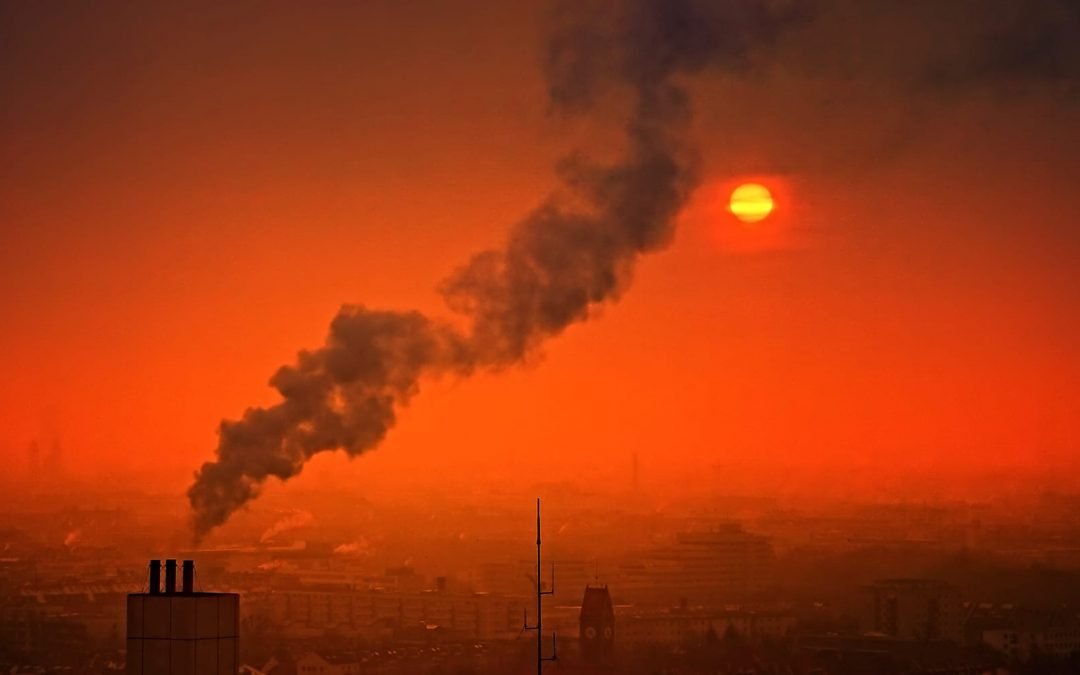Extreme poverty has been steadily decreasing everywhere except Sub-Saharan Africa, according to a World Bank report released Oct. 17.
In 1990, 35.9 percent of the global population was in extreme poverty – living below the international poverty line (IPL) of less than $1.90 USD per day. This declined to 10 percent by 2015.
Yet, extreme poverty increased in Sub-Saharan Africa by 135 million people during the same period.
“Whereas the average poverty rate for other regions was below 13 percent as of 2015, it stood at about 41 percent in Sub-Saharan Africa,” the report stated. “Of the world’s 28 poorest countries, 27 are in Sub-Saharan Africa, all with poverty rates above 30 percent.”
The 413.3 million people living in extreme poverty in Sub-Saharan Africa is greater than all of the other regions of the world combined – South Asia (216.4 million), East Asia and Pacific (47.2 million), Latin America and the Caribbean (25.9 million), Middle East and North Africa, or MENA (18.6 million) and Europe and Central Asia (7.1 million).
“African countries have struggled partly because of their high reliance on extractive industries that have weaker ties to the incomes of the poor, the prevalence of conflict, and their vulnerability to natural disasters such as droughts,” the World Bank explained.
Using current economic growth rates, the report projects extreme poverty will reach 5 percent of the global population by 2030 – 2 percent shy of the World Bank’s target.
While this would be a historically low level, it also would be “a bifurcated world where more than a quarter of the people in Sub-Saharan Africa live in extreme poverty whereas poverty is less than 2 percent in most of the rest of the world.”
The report also emphasized that many who live above the $1.90-per-day line are still very poor by their society’s standards, which necessitates having tiered poverty measures and assessments that go beyond income, several of which are set forth in the report.
Two such measures are tracking those living on $3.20 and $5.50 per day to better reflect income levels necessary to meet the most basic needs in lower- and upper-middle-income nations.
Using these standards, 46 percent of the world lives on less than $5.50 and 25 percent on less than $3.20 daily.
In addition to providing a more realistic picture of global poverty, these standards can reveal progress in regions where the reductions in extreme poverty have slowed and regression where extreme poverty has declined.
For example, extreme poverty has only declined from 6 percent to 5 percent in the MENA region since 1990.
Yet, over the same period, the region has seen a 16.3 percent drop in those living on $5.50 per day and a 10.5 percent decline in those living on $3.20 per day.
“The goal of ending extreme poverty as measured by the IPL [international poverty line] itself will require a redoubling of efforts and a greater focus on those countries where poverty is the worst,” the report stated. “But, to truly bring an end to poverty, we now also need to think more broadly and recognize the greater complexity inherent in the concept of poverty around the world.”
The full report is available here.


